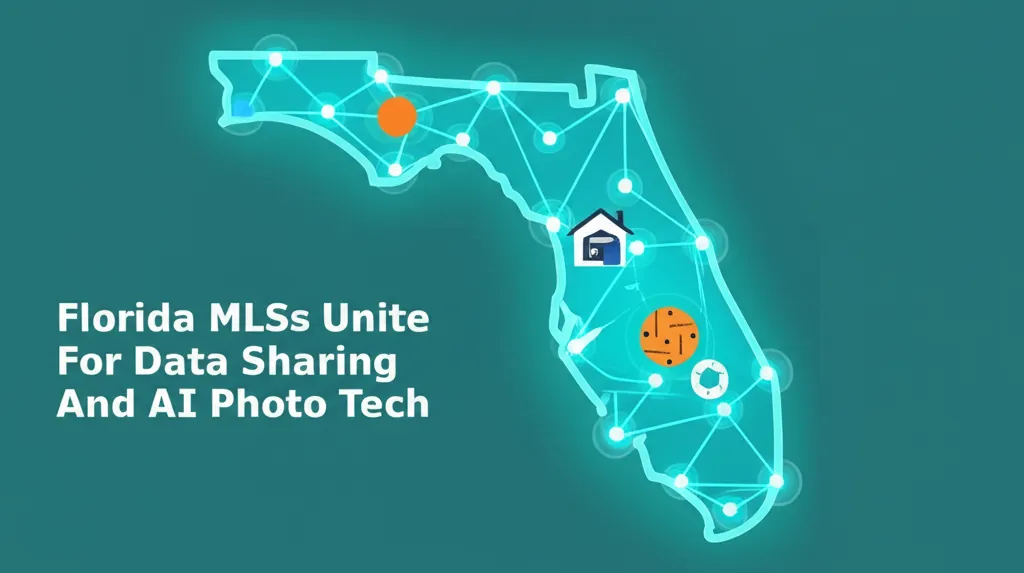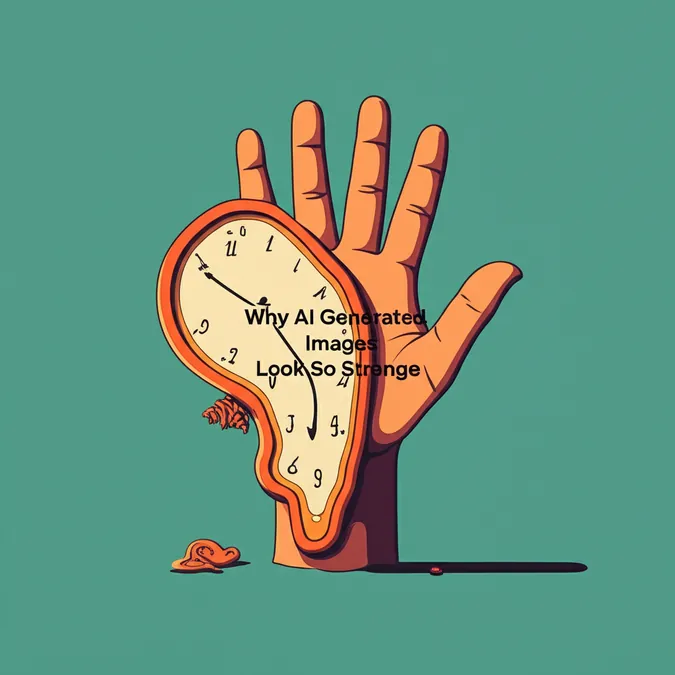Developer Offer
Try ImaginePro API with 50 Free Credits
Build and ship AI-powered visuals with Midjourney, Flux, and more — free credits refresh every month.
AI Art Copyright Battle Reaches Supreme Court

A groundbreaking legal question is knocking on the door of the U.S. Supreme Court: can a piece of art created entirely by artificial intelligence be copyrighted? Dr. Stephen Thaler, a pioneer in AI systems, is pushing for a definitive answer, challenging a long-held belief that creativity is an exclusively human domain.
The Test Case: A Recent Entrance to Paradise
The case revolves around a single, compelling piece of visual art titled A Recent Entrance to Paradise. This work was generated in 2018 not by a human hand, but by an AI system Dr. Thaler created, which he calls the "Creativity Machine." When Thaler attempted to register the copyright, he was transparent, listing the AI as the author and explaining the work was created autonomously without any human input.

His application was denied. The U.S. Copyright Office, and subsequently the D.C. Circuit Court of Appeals, stood firm on the “human authorship requirement,” a policy stating that copyright protection can only be granted to works made by people. Both the district and appeals courts sided with the Copyright Office, reinforcing that U.S. law protects only works of human creation.
Thaler's Argument Against the Human Requirement
In his petition to the Supreme Court, filed on October 9, 2025, Thaler argues that this “human authorship” rule is a fabrication of the Copyright Office, not a requirement spelled out in the law. He contends that the Copyright Act itself contains no language specifying that an author must be human.
Thaler points to the established “work for hire” doctrine as a key precedent. This legal framework allows corporations and other non-human entities to be recognized as the legal authors and owners of a copyright. He argues that as the owner of the AI that generated the art, he should similarly own the rights to its creative output. Furthermore, he criticizes the Copyright Office's reliance on vague standards like “traditional elements of authorship,” arguing that the focus should be on a work's originality, not the method of its creation.
Broader Implications for Innovation and Law
Beyond the specifics of his case, Thaler's petition raises a much larger issue about the future of innovation. He warns that denying copyright protection to AI-generated works could stifle progress and discourage investment in creative technologies. As AI becomes more integrated into art, media, and design, a lack of intellectual property protection could have significant economic and cultural consequences.
To bolster his point, Thaler draws a historical parallel to the Supreme Court’s landmark 1884 decision in Burrow-Giles Lithographic Co. v. Sarony. In that case, the Court adapted to a new technology—photography—by recognizing it as a copyrightable art form. Now, over a century later, the Court faces a similar technological turning point. Its decision on whether to hear Thaler's case will signal how the nation's highest court intends to approach the new frontier of artificial creativity.
Compare Plans & Pricing
Find the plan that matches your workload and unlock full access to ImaginePro.
| Plan | Price | Highlights |
|---|---|---|
| Standard | $8 / month |
|
| Premium | $20 / month |
|
Need custom terms? Talk to us to tailor credits, rate limits, or deployment options.
View All Pricing Details

